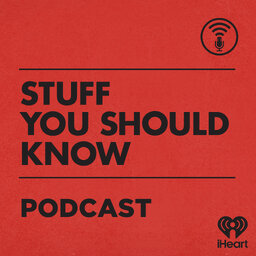How the Hoover Dam Works, Part II
And now for something completely different. Just kidding – tune in to hear the thrilling conclusion of America’s most amazing public works project in the 20th century.
Learn more about your ad-choices at https://www.iheartpodcastnetwork.com
 Stuff You Should Know
Stuff You Should Know


